Slava Ukraini! In early 2022 I began a Telegram channel aggregating news from a number of sources daily on the war in Ukraine. In June 2023 I began providing a daily draft for the Ukraine War Brief Podcast collecting news from over 70 sources daily, which formed the basis of the script. While the Podcast no longer exists I have continued to make this Brief available for my followers here on Substack for those who wish to keep up with the news from the war.
All the latest news on the Russo-Ukraine War 6 days per week
ALONG THE CONTACT LINE
GSAFU Morning Report
For: Apr 05, 2025
The General Staff of the Armed Forces of Ukraine in its Operational Information update at 08:00 on Apr 05 stated that day 1137 of the full-scale invasion of the Russian Federation against Ukraine had begun.
The situation on the line of combat remains tense in some sectors. Ukrainian defenders continue to actively counteract the Russian aggressor, causing them significant losses in personnel, equipment and technology. Exhausting the enemy along the entire front line and continuing to disrupt the plans of Russian occupiers to advance deeper into the territory of Ukraine.
During the past day, 145 combat engagements took place.
Over the past 24 hours, the enemy carried out 1 missile strike, 107 air strikes, used 2,737 drones and fired approximately 6,300 artillery shells across the positions of Ukrainian forces and civilians.
Air Force Daily Report
51 ENEMY UAVS SHOT DOWN, 31 SIMULATOR UAVS FAILED TO REACH THEIR TARGETS (LOCATIONALLY LOST)
➖➖➖➖➖➖➖➖➖
On the night of April 5, 2025 (from 9:00 p.m. on April 4), the enemy attacked with 92 Shahed attack UAVs and simulator drones of various types from the directions: Bryansk, Millerovo, Primorsko-Akhtarsk - Russia, Chauda - Crimea.
The air attack was repelled by aviation, anti-aircraft missile troops, electronic warfare units, and mobile fire groups of the Defense Forces of Ukraine.
As of 09:00, it has been confirmed that 51 Shahed attack UAVs (and other types of drones) have been shot down in the north, south, east, and center of the country.
31 enemy drone simulators — lost in location (without negative consequences).
The Sumy, Dnipropetrovsk, Kyiv, and Zhytomyr regions were affected by the Russian attack.
Combat Operations in the Russian Federation
There have been no major changes to the combat environment since our last report.
The Khortytsia operational-strategic group
(Responsible for the northeastern part of Ukraine. )
Chasiv Yar Sector: Ukrainian forces recently advanced in the Chasiv Yar direction.
Geolocated footage published April 3 indicates that Ukrainian forces recently advanced to Dniprovska Street in southern Chasiv Yar.
Toretsk Sector: Russian forces recently advanced in the Toretsk direction.
Geolocated footage published on April 3 indicates that Russian forces recently advanced along Sormivska Street in southwestern Toretsk.
The Tavria operational-strategic group
(Responsible for the central-eastern and southeastern part of Ukraine.)
Pokrovsk Sector : Ukrainian and Russian forces recently advanced in the Pokrovsk direction.
A Russian milblogger claimed on April 4 that Ukrainian forces recently marginally advanced in northwestern Kotlyne and southeastern Udachne (both southwest of Pokrovsk).
Geolocated footage published on April 4 indicates that Russian forces recently marginally advanced in northern Shevchenko (south of Pokrovsk).
The Odesa operational-strategic group
(Responsible for Kherson, Qırım, (also known as Crimea) and the Black Sea.)
There have been no major changes to the combat environment since our last report.
TEMPORARILY OCCUPIED TERRITORIES
Nothing major to report.
THE HOME FRONT
19 killed, including 9 children, over 68 injured in Russian missile strike on Kryvyi Rih.
Russia launched an Iskander-M ballistic missile at Kryvyi Rih in Dnipropetrovsk Oblast on Apr 4, killing at least 19 people and injuring 66, the Kyiv Independent reports citing Governor Serhii Lysak.
The strike hit a residential neighborhood, setting buildings on fire and causing severe damage, according to Oleksandr Vilkul, head of the city's military administration. Nine children were among the dead, Lysak said. A playground was located near the site of the attack.
More than 40 people remain hospitalized, including a three-month-old boy with cut wounds.
Ukraine's General Staff said in the early hours of Apr 5 that Russia was "trying to cover up its cynical crime with a 'high-precision' lie about hitting 'the place where the commanders of the Ukrainian Armed Forces were meeting with Western instructors.'"
Russia's Defense Ministry reported shortly after the attack that up to 85 military and foreign officers were killed in the strike on Kryvyi Rih, and 20 vehicles destroyed.
"We declare that Russia is again spreading false information," Ukraine's General Staff said. "The missile hit a residential area and a playground."
President Volodymyr Zelenskyy commented on the attack, adding that Ukraine experiences "Russian strikes every day. Every day, people are killed. There is only one reason this continues: Russia does not want a ceasefire, and we see it. The whole world sees it."
Kryvyi Rih, Zelensky's hometown, remains a frequent target of Russian missile strikes. The city, with a population of about 660,000, is the second-largest in Dnipropetrovsk Oblast and lies roughly 70 kilometers (40 miles) from the front line.
Russia has continued missile and drone attacks across Ukraine despite U.S. efforts to negotiate a ceasefire. Kyiv argues that Moscow's strikes on civilian areas show it is not serious about peace.
The Kremlin rejected a 30-day ceasefire agreement reached by the U.S. and Ukraine in Jeddah on March 11, agreeing only to a limited truce on attacks against energy infrastructure and in the Black Sea.
Ukraine has already accused Russia of violating the energy ceasefire, while the future of the Black Sea truce remains uncertain as Moscow ties its implementation to the lifting of Western sanctions.
RUSSIAN WORLD
Putin does not want peace — here is the proof.
Data show that Russia, despite its pledge for peace, has increased attacks in a bid to force concessions from Kyiv, the Telegraph reports.
The number of Russian drone strikes targeting Ukraine has surged by more than 50 per cent since US-led peace talks began in mid-February, Telegraph analysis has found.
In the 30 days following Feb 18, when the peace talks began, some 4,776 drone strikes were launched by Russia, compared to 3,148 drone strikes in the 30 days before, according to Ukrainian Air Force Command updates.
Experts said that Moscow has ramped up its attacks to force concessions from Kyiv – and take control over as much land as possible – as Donald Trump, the US president, pledged to bring a swift end to the fighting. Ukraine is also finding it increasingly difficult to intercept Russian missiles, resulting in more civilian targets being hit by Russia.
“Russia is trying to increase the pain it is inflicting on Ukraine to make it more likely that Kyiv will make painful concessions and to show that Russia can continue the fight indefinitely,” said Daniel Byman, director of the Warfare, Irregular Threats, and Terrorism Program at the Centre for Strategic and International Studies (CSIS).
The Feb 18 meeting in Riyadh, Saudi Arabia, marked the first time that US and Russian officials met to discuss the conflict – and was notable for excluding Ukraine. “I think I have the power to end this war,” Mr Trump said following the meeting.
But since then, the Kremlin has prevaricated and made a series of unrealistic demands, including the permanent annexation of the Donetsk, Luhansk, Zaporizhzhia, and Kherson oblasts, as well as Crimea. While the warring sides went on to agree a US-brokered 30-day ceasefire covering energy infrastructure and the Black Sea, there is little sign that strikes are slowing down.
Figures show that Ukraine was, on average, the target of 101 drones per day before the meeting in Riyadh, compared to 154 per day afterwards, an increase of 52.5 per cent.
Volodymyr Zelensky, the Ukrainian president, said that Russia is attempting to get into a stronger military position before any ceasefire. “They want to improve their situation on the battlefield,” he said in March, while Mr Trump this week said he was “very angry” with Vladimir Putin after weeks of attempting to negotiate.
In particular, the Russian military has focused on reclaiming land in its Kursk region, which Ukraine captured in a shock counter-offensive in August.
Telegraph analysis also found attacks spiked on the days when Mr Trump publicly chastised Mr Zelensky in the Oval Office and the US stopped sharing intelligence with Ukraine.
On Feb 28, when the US president accused his Ukrainian counterpart of not being grateful enough for American support, 208 Russian drones were launched at Ukraine, compared to 166 the previous day.
On March 7, when the US suspended intelligence sharing with Ukraine, Russia launched 252 drones at the embattled country, the second highest number this year.
“It’s clear that the Russians were trying to exploit the pause in intelligence sharing,” said Karolina Hird, Russia deputy team lead and analyst at the Institute of War (ISW).
Analysis also found that Moscow’s attacks have become “bigger and more effective” in recent weeks, in part due to Russia changing drone tactics. According to the ISW, the Russian military has switched to long-range drones that have been more successful in breaching Ukraine’s air defence umbrella.
“The Russian strike packages are getting bigger and more effective,” said Ms Hird. “[This] is a tactical development that is incongruent with Russian claims that they are ready for peace.”
Ukraine, meanwhile, is increasingly struggling to intercept Russian drones and missiles. According to Telegraph analysis, Kyiv’s interception rate was consistently above 60 per cent in the summer of 2024, but in the past two months has fallen to 50 per cent or less.
“The Ukrainians, understandably, have realised that they have to be more conservative with their defence systems, which were already scarce,” said Ms Hird.
This drop has raised serious concerns among military analysts. Benjamin Jensen, a professor of Strategic Studies at the Marine Corps University School of Advanced Warfighting, said recently that “decreasing interception rates could lead to opportunities for a Russian breakout on the front or increased civilian deaths that put domestic pressure on Ukrainian negotiators”.
However, Ukraine has also ramped up its drone campaign in recent weeks, though to a lesser degree.
According to Telegraph analysis of data from the Armed Conflict Location & Event Data (ACLED), Ukraine launched an average of 30 drones per day in the weeks leading up to the peace talks. That number increased by 16.7 per cent, to 35 per day, in the latter half of February and the first half of March.
Ukraine has also changed its targets, shifting from direct military confrontations to disrupting Russian economic infrastructure, in an effort to weaken Moscow’s long-term ability to sustain the war.
“Unlike Ukrainian attacks in previous months, which mostly hit military sites, ACLED data show that over half of January’s strikes targeted oil, gas, and energy infrastructure,” said Olha Polishchuk, Eastern Europe research manager with ACLED.
“This directly followed Russia’s targeting of Ukrainian energy infrastructure in December – which was one of the largest waves of strikes on Ukraine’s energy after it had already damaged 80 per cent of coal- and gas-powered electricity generation between March and August.”
Russia has also continued to target civilian infrastructure. On the evening before the first round of peace talks between Marco Rubio, the US secretary of state, and Sergey Lavrov, Russian foreign minister, Russia launched 176 drones in a large-scale overnight attack. A residential building was hit in Dolynska, injuring a mother and two children, while in Odessa, four people, including a child, were injured.
On the same day, Ukraine hit major oil pipelines in southern Russia’s Kropotkinskaya.
This tit-for-tat escalation underscores the fragile nature of the ongoing negotiations, experts say, while the confusion surrounding a ceasefire ultimately appears to be benefiting Russia.
“The diplomatic advantage for Russia here is the injection of confusion – while there is not yet any sort of codified, agreed-upon ceasefire on strikes, Russia keeps striking Ukraine, Ukraine keeps hitting Russian energy infrastructure, and Russia can claim that Ukraine is violating a [non-existent] ceasefire,” Ms Hird said.
“This confusion benefits Russia, as the Kremlin can claim it is interested in peace and Ukraine is not, but the data runs very contrary to that allegation,” she said.
Ukrainian Drones Strike Unique Fibre Optic Plant After DeepInside Russia.
On the night of April 5, Ukraine carried out a large-scale drone attack on Russia, successfully striking several facilities linked to the country’s defense-industrial complex. Among the primary targets was the Optikovolokonnye Sistemy plant, Russia's sole manufacturer of fiber-optic cables used in drones and other applications. The Russian army has increasingly employed drones operated via optical fiber on the battlefield in Ukraine. Defense Express reports.
Local Telegram channels shared footage of the aftermath, and the head of the Republic of Mordovia, Artyom Zdunov, confirmed the strike on an unspecified "enterprise." He stated that security and emergency services were already working on site and claimed there were no casualties. The production premises of the company are located in the city of Saransk.
Open sources indicate that Optikovolokonnye Sistemy produces approximately four million kilometers of fiber annually. While the extent of the damage remains unclear, the strike could disrupt russia’s production of fiber-optic drones, which today prove to be an effective battlefield asset.
The following morning, Vyacheslav Fedorishchev, governor of the Samara region, reported that Ukrainian drones had also attacked an industrial facility in Chapayevsk, sparking a fire.
While he did not specify the target, it is likely Promsintez JSC, a plant producing more than 30,000 tons of explosives annually. Another key facility in Chapayevsk is the Polimer plant, which also manufactures explosives.
The targeted facilities are located deep inside russia: the one in Saransk is about 670 kilometers from Ukraine’s border and the other in Chapayevsk is roughly 900 kilometers from the battlezone.
However, Russian state-affiliated media speculate that the drones may have traveled up to 1,500 kilometers, provided they flew not in a straight line but followed a more complicated route to evade enemy air defenses.
Officially, Russia's Ministry of Defense claimed to have intercepted 49 drones in total, including three over Mordovia and six over the Samara region.
RELATED INTERNATIONAL NEWS
Macron to be Europe’s point man in ceasefire talks with Putin.
Emmanuel Macron is set to become Europe’s point man to hold talks with Vladimir Putin over peace in Ukraine, The Telegraph reports.
Some members of the “coalition of the willing” have pushed for a European leader to take the helm on engaging Russia as part of efforts to support Kyiv.
The French president and Sir Keir Starmer, who lead the group of nations planning to secure any ceasefire deal in Ukraine, have been singled out as the most likely interlocutors with Moscow.
The Telegraph understands Sir Keir has no plans to hold talks with Putin as part of the UK’s efforts to support Ukraine’s defence.
An Élysée Palace source said Mr Macron was willing to take up the role “when the time is right”.
Mr Macron has positioned himself as Europe’s go-between with Putin since the start of his full-scale invasion. He opted to leave diplomatic channels open with Moscow longer than any of Europe’s most ardent supporters of Kyiv, despite harsh criticism for his actions. But he ended any direct contact with the Kremlin when it became obvious to him Putin had no intention of halting his invasion.
Asked whether the time was right to resume contact with the Russian president, the Élysée official told The Telegraph: “Apparently, not yet.”
So far, Donald Trump is the only world leader to engage directly with Putin on the mechanics of a ceasefire deal.
Some in Europe believe the US president has been too lenient on Putin, whom he has often praised and promised to reset relations with as part of the peace process.
This week, Alexander Stubb, the Finnish president, said Britain and France should take the lead on any talks with Putin. “My personal preference would be that our representatives of the coalition of the willing would be doing that. In other words, France or the United Kingdom,” he said.
France and Britain are happy to allow Mr Trump’s diplomatic attempts to end the war to play out, but have called for further pressure to be applied on Putin to encourage him to the negotiating table.
Western officials hope that Mr Trump will eventually lose patience with his Russian counterpart and opt to significantly ramp up military support for Ukraine as a consequence.
Last month, after a meeting of the European Council, Mr Macron told reporters: “I am ready to talk to President Putin when we, together with President Zelenskyy and our European partners, consider that the time is right.” This was as Mr Trump announced the opening of peace talks with Putin.
The Russian leader has since rejected a US-Ukrainian plan for a 30-day unconditional ceasefire, and has refused a smaller truce in the Black Sea until some Western sanctions are lifted.
Zelenskyy - Kremlin negotiator travels beyond just US to push for release of frozen Russian assets.
Kremlin negotiator Kirill Dmitriev has been visiting not only the United States but several other countries in an effort to unlock frozen Russian assets, the Kyiv Independent reports citing President Volodymyr Zelenskyy at a briefing on April 4.
Since 2022, G7 nations have frozen roughly 300 billion euro ($310 billion) in Russian central bank assets, with the majority—around 190 billion euro ($200 billion) —held in Belgium’s Euroclear.
“He (Dmitriev) was not only in the U.S.—we are monitoring the movements of our adversaries,” Zelensky said during the briefing.
Dmitriev, who heads the state-controlled Russian Direct Investment Fund, met with U.S. officials in Washington on behalf of Russian President Vladimir Putin on April 2 and 3.
He played a role in backchannel diplomacy between Moscow and Trump when he was first elected in 2016.
According to Zelenskyy, Moscow is pressuring foreign governments to help release the funds by offering deals involving high-tech goods such as aircraft construction.
Zelenskyy also noted that Russia is actively trying to have sanctions lifted, but as of now both Europe and the U.S. remain firm in their stance of continuing to impose them.
The EU has already begun leveraging proceeds from frozen Russian assets to support Ukraine. In January, Ukraine received 3 billion euros ($3.09 billion) as part of the EU's Ukraine Facility, funded through interest earned on the frozen reserves.
CBS - Trump admin mistakenly informs Ukrainian refugees they must leave US immediately.
The Trump administration acknowledged on April 4 that it had mistakenly informed some Ukrainian refugees their legal status in the U.S. was being revoked and that they needed to leave immediately, CBS News reported.
The Department of Homeland Security (DHS) clarified to the media outlet that the emails sent to the refugees were an error, following confusion around the legal protections granted to Ukrainians under the Biden administration.
Earlier this week, several Ukrainians who entered the U.S. after Russia’s full-scale invasion of their homeland received emails saying that their legal status would be terminated.
The notice, dated April 3, informed recipients that DHS was "exercising its discretion to terminate your parole," a temporary legal status granted by the Biden administration to those displaced by the war. The letter warned that unless the parole expired sooner, it would end seven days from the date of the notice.
There was no immediate information on how many Ukrainians received the notice.
The Biden administration’s Uniting for Ukraine (U4U) program allowed around 240,000 Ukrainians to enter the U.S. under humanitarian grounds, with more than 20,000 Ukrainians entering through Mexico after the war began. This program granted temporary work permits and deportation protections.
The notice also indicated that work permits would be revoked once parole status was terminated and urged recipients to voluntarily leave the country using a government app called CBP Home, which the Trump administration repurposed for self-deportation. "Again, DHS is terminating your parole. Do not attempt to remain in the United States — the federal government will find you," the notice read.
DHS later confirmed to CBS News that the termination notices were sent by mistake, and reassured that the U4U program had not been terminated.
While the Trump administration has not officially ended the U4U program, it has suspended admissions and status renewals. Advocates remain concerned, however, that DHS might attempt to strip Ukrainians of their legal protections in the future, especially as the Trump administration continues its broader crackdown on both illegal and legal immigration programs.
MILITARY & TECH
Russia begins fielding WW II era M-30 Howitzers.
Recent reports indicate russian armed forces are taking old M-30 towed howitzers out of long-term storage, restoring and putting them back into the army ranks. This sounds like a logical continuation of the effort to offset the losses in artillery, which amounted to 4,000 field guns in just the past three months of 2025. However, the reasoning behind choosing this particular item may actually be much more complicated, Defense Express reports.
For starters, let's outline the current inventory. The Military Balance 2024 assessment by IISS provides the following figures: as of early last year, the russian army had 2,000 M-30 (aka M-1938) howitzers in storage, making it the second most abundant type of artillery in russian war reserve — after the D-30 gun, which numbered 2,400 units. Currently, there is no information to rely on in the assessment of the number of M-30s ready for combat, so the scale of this trend remains speculative.
The "fact sheet specifications" of the M-30 howitzer are not that impressive: required crew is 8 people, rate of fire is 5–6 rounds per minute, maximum firing range is 11.8 kilometers, trunnion height is 1,200 mm, and the allowed towing speed on the highway is up to 50 km/h.
In comparison, the earlier mentioned D-30 howitzer boasts better characteristics: crew of six, rate of fire is 7–8 rpm, the aimed fire/maximum firing range is 15.3 km when using a HE-FRAG projectile or 22 km with a rocket-assisted one. Therefore, it seems like a more logical decision would be to prioritize de-mothballing D-30s first instead of older and less capable M-30s.
However, the Russians may be following a particular calculus in restoring these WW2-era howitzers. By decommissioning old artillery systems, the Russian army can obtain the appropriate "volley mass" to support its assault groups during offensive operations. The Russians might see the shorter firing range and possibly worse barrel durability compared to the D-30 as acceptable drawbacks as long as they can achieve the desired effect.
Moreover, they have developed a somewhat universal practice of using so-called "nomadic maintenance teams" and started burying all artillery systems almost entirely underground to increase the survivability of both personnel and equipment.
That’s it for today’s Brief folks if you would like to keep up with events in Ukraine daily please consider subscribing, it’s free!







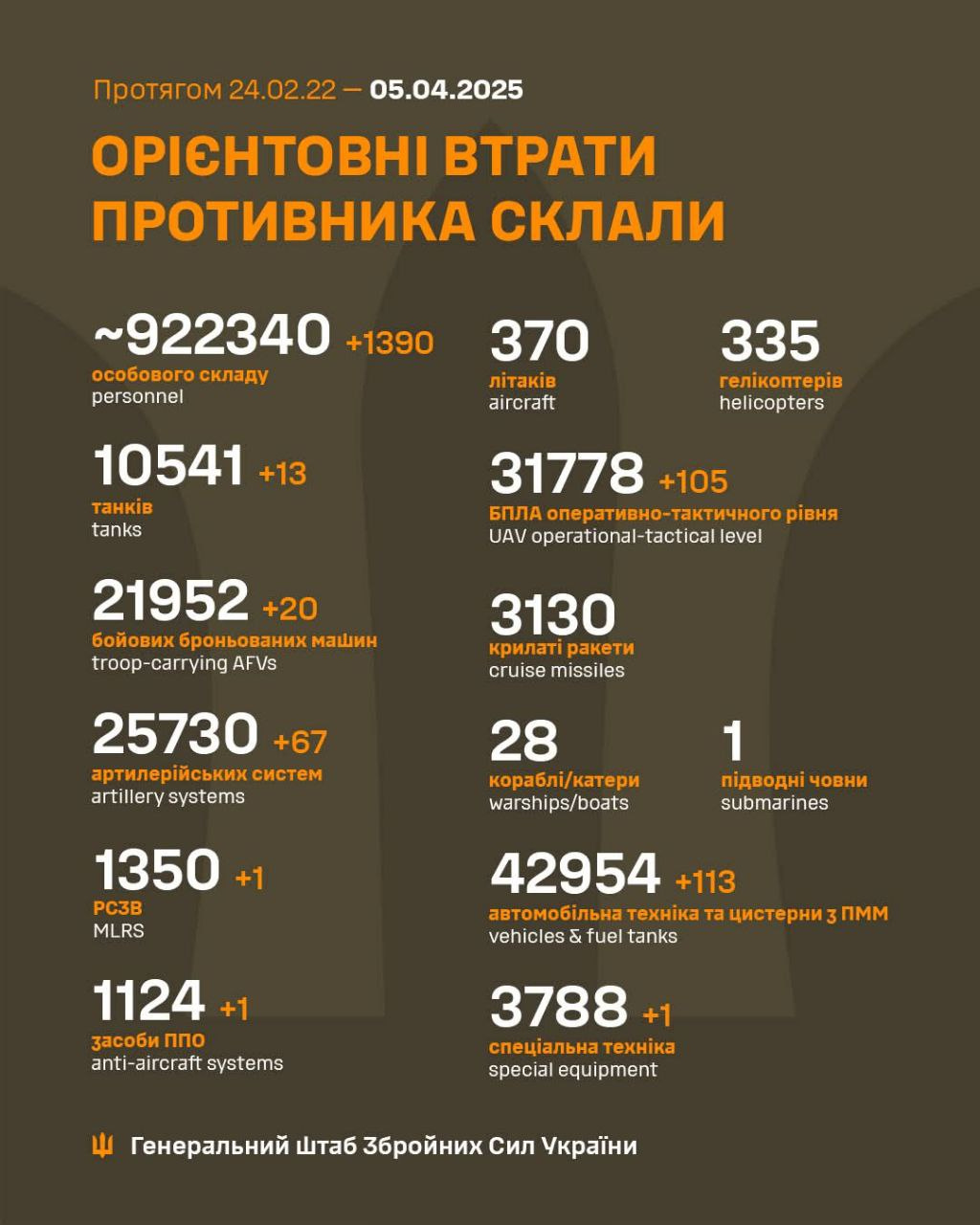
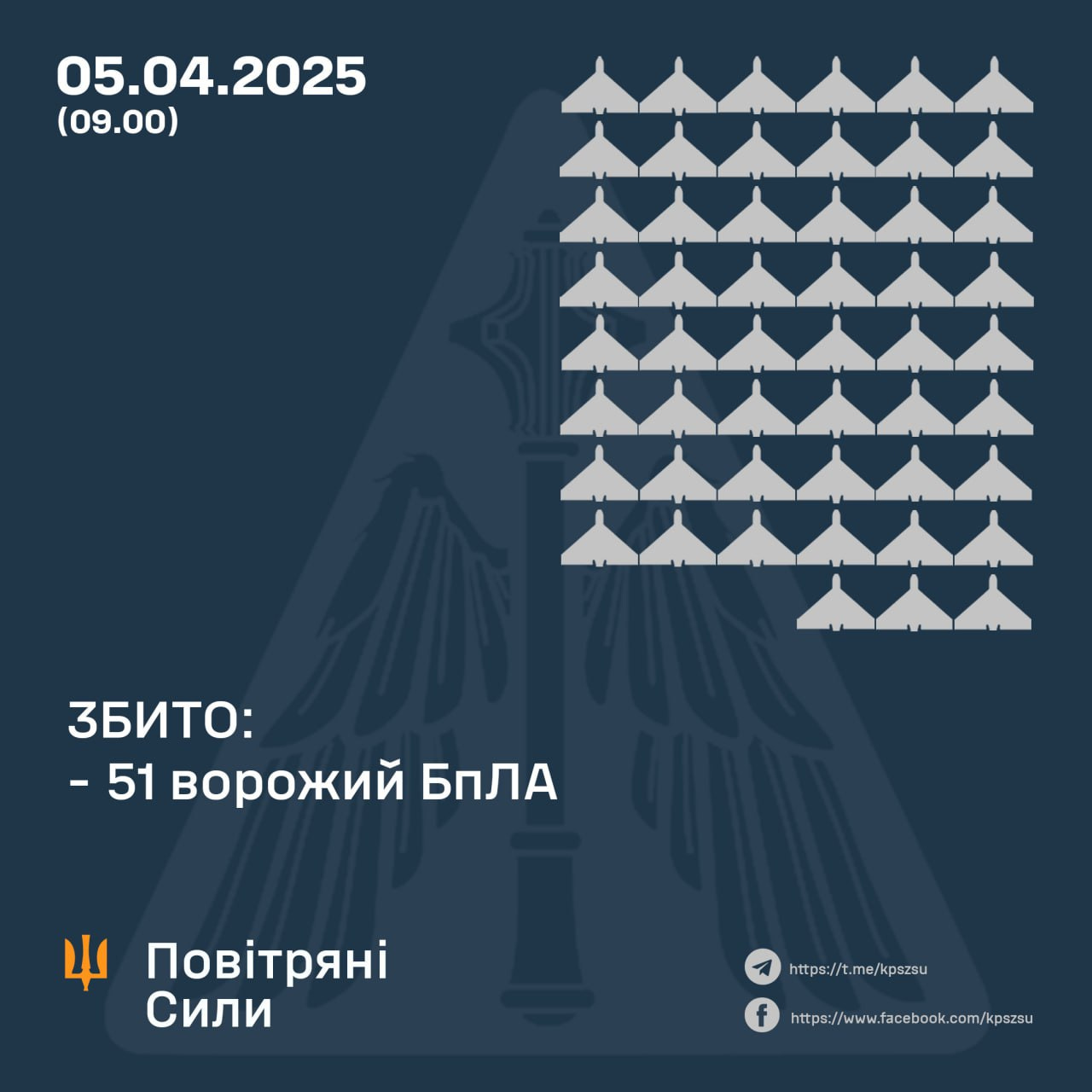
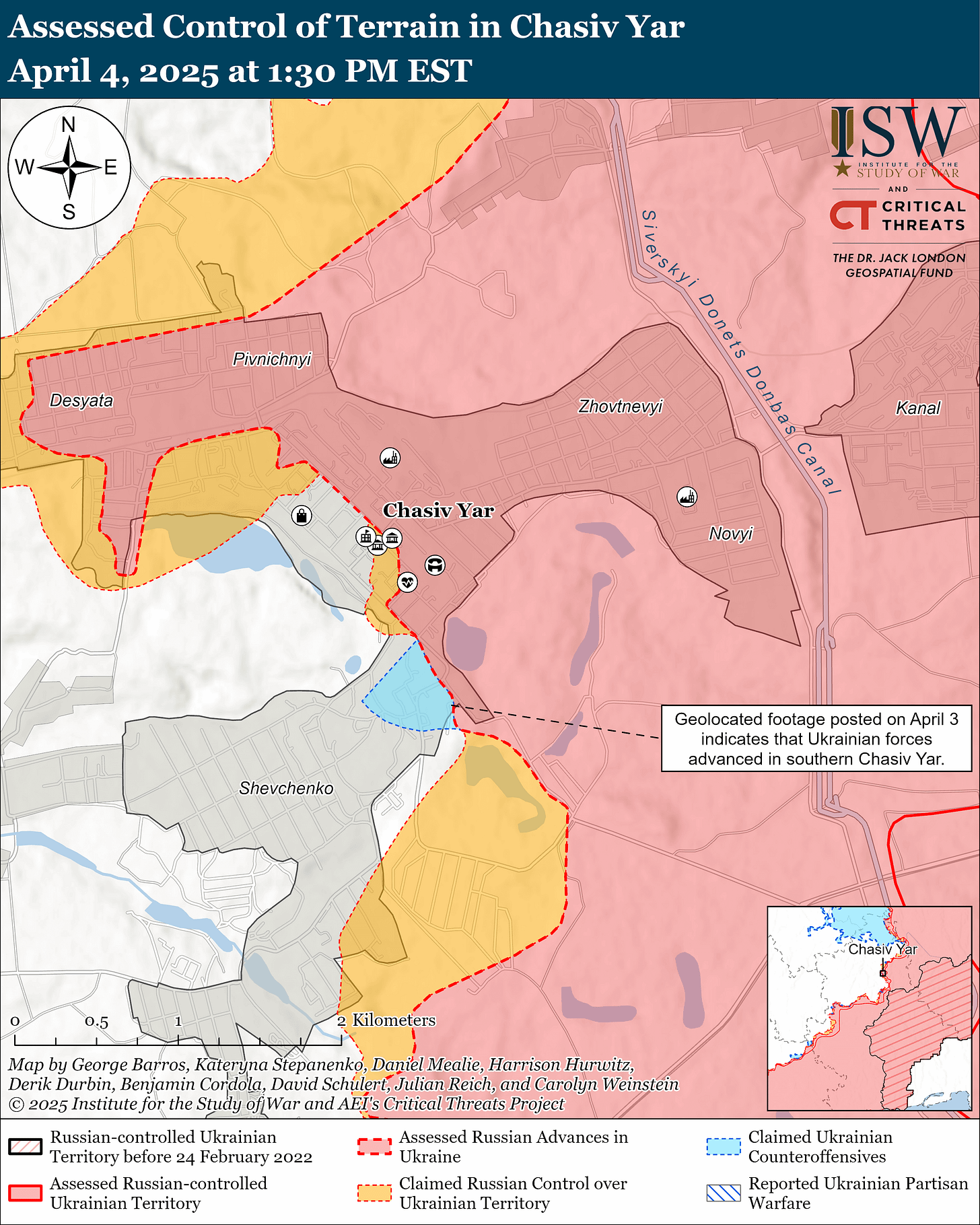

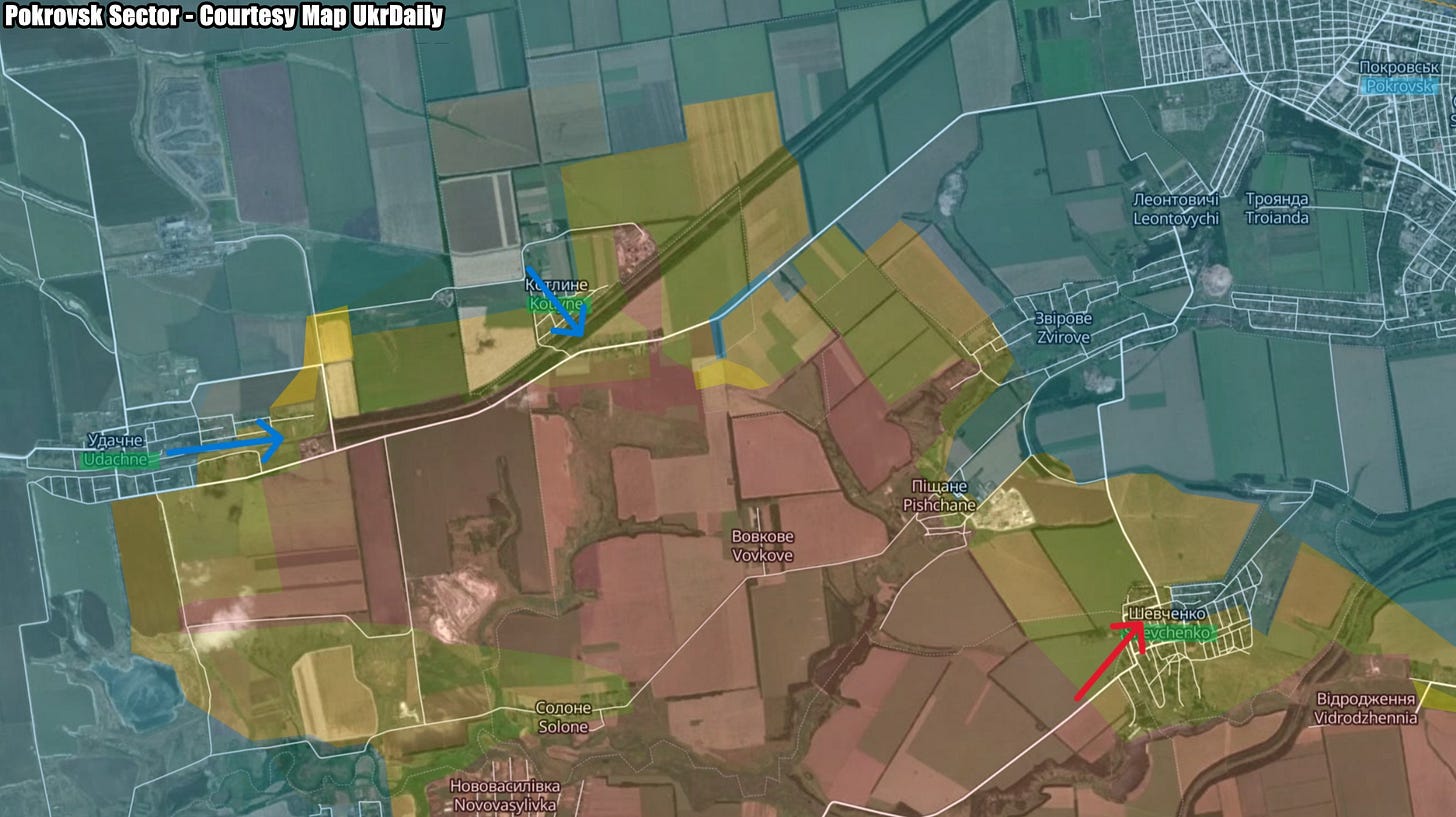


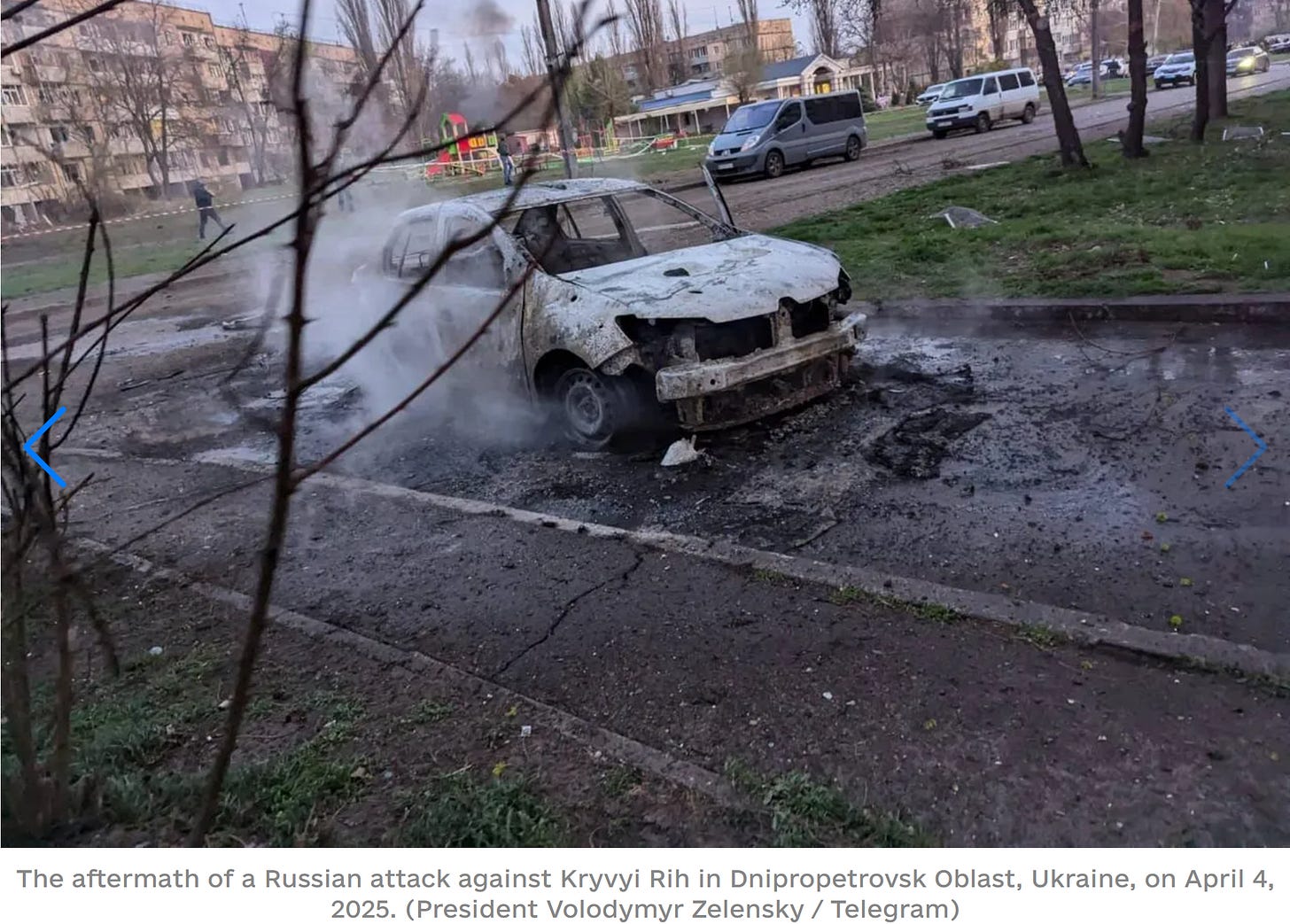



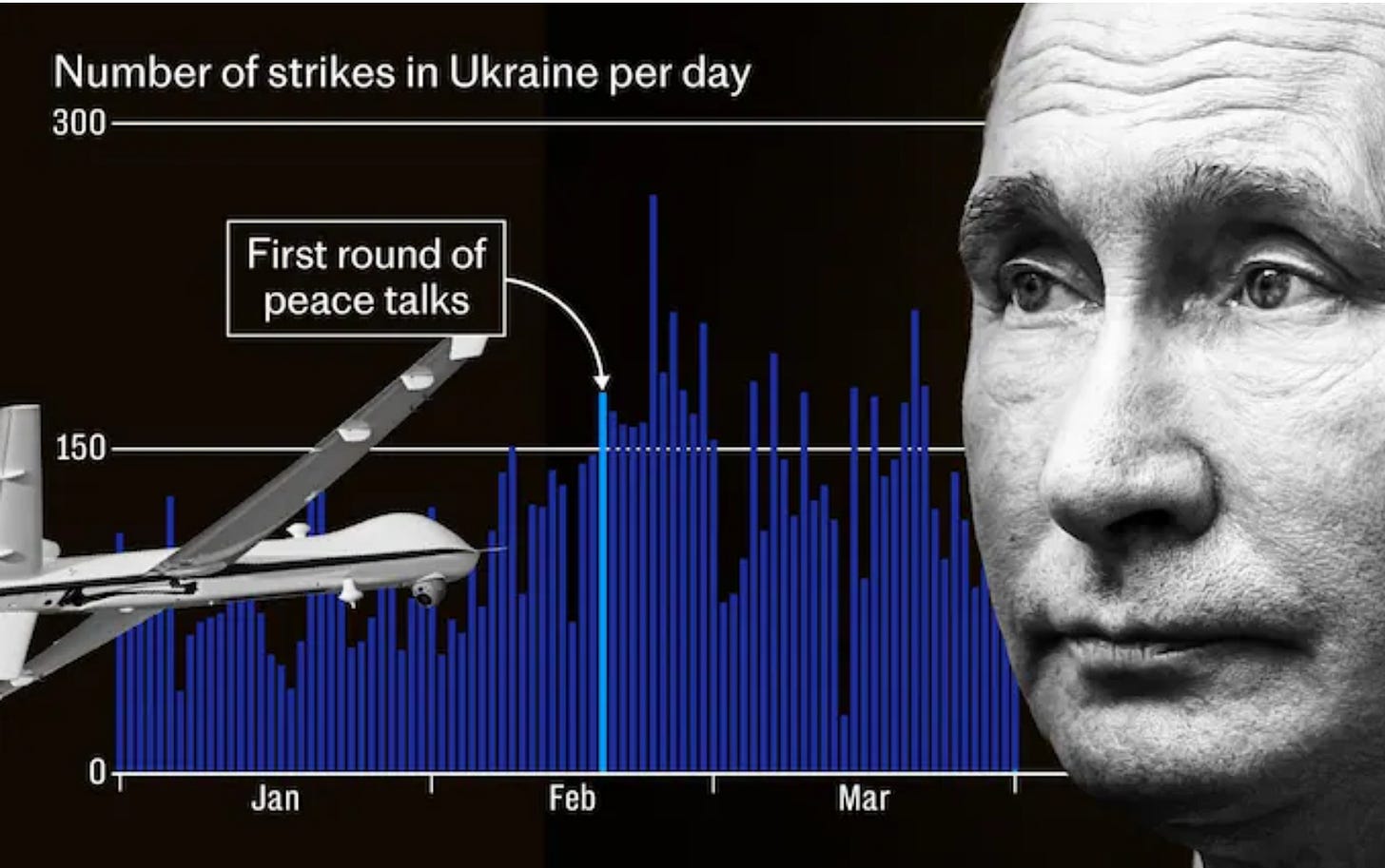


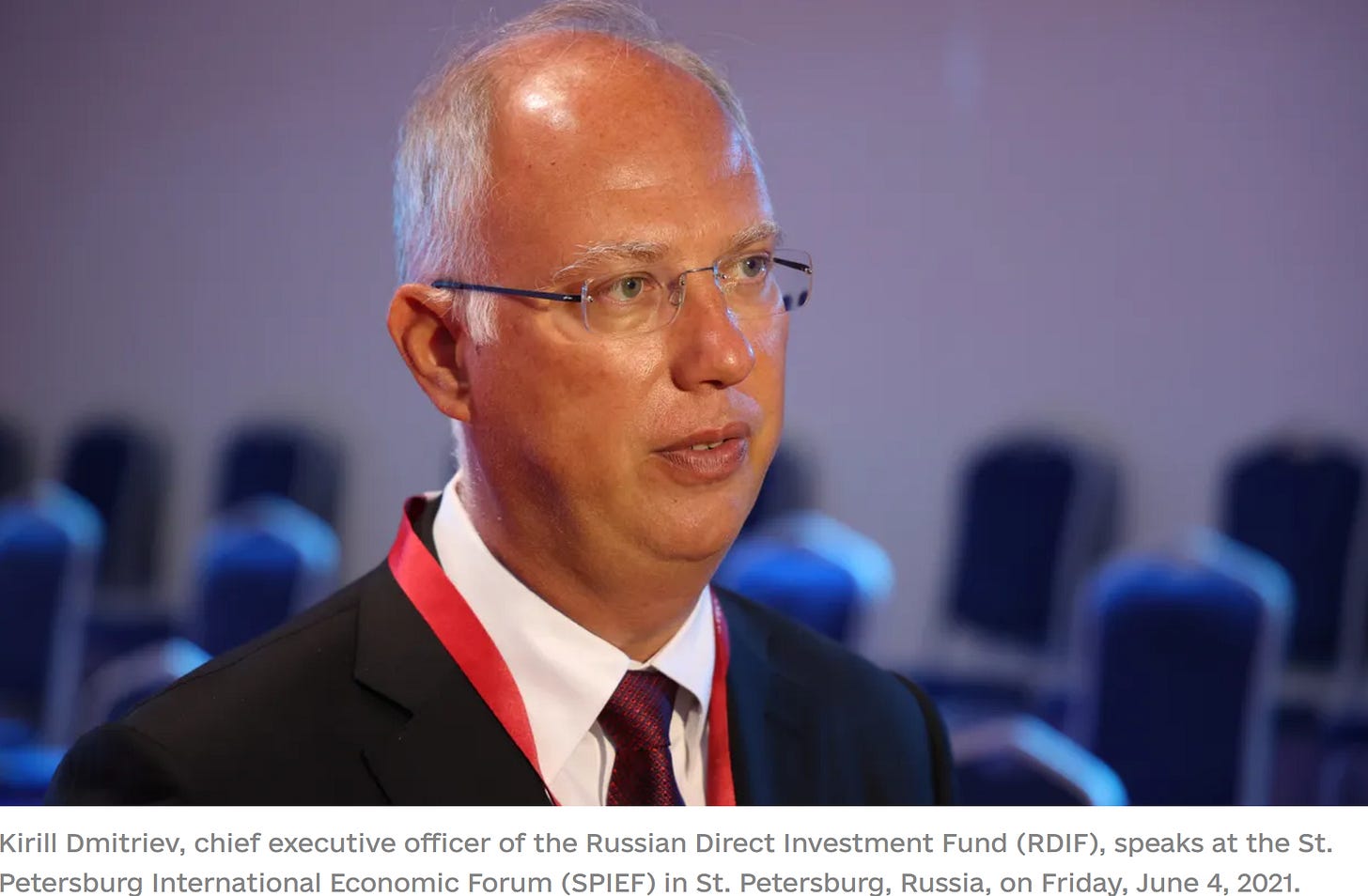


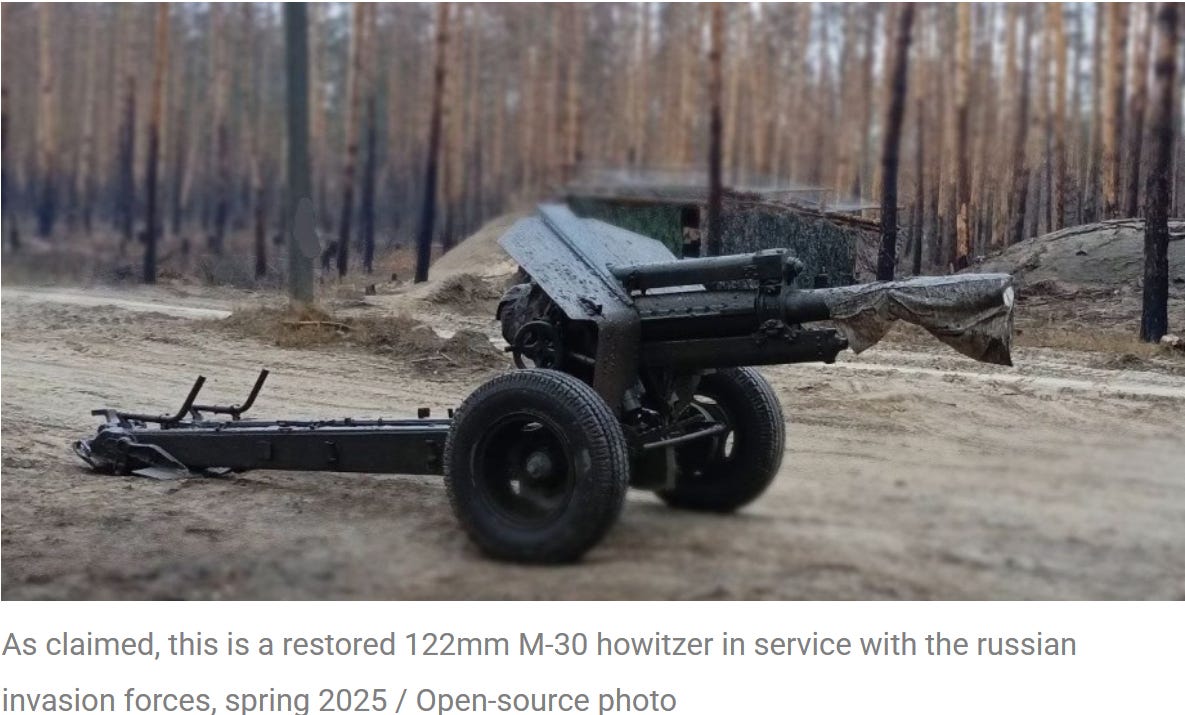
Thanks, Grumpy.
Yesterday’s attack on kids on a playground is despicable.
What are your thoughts on Putin attacking the Baltics as a distraction?